Kristjan Randalu, the Estonian jazz pianist born in 1978, is particularly drawn to crossing the boundaries between improvisatory jazz and classical music. This Baltic musician, with classical music training and parentage (his father, Kalle Randalu, is also a world-famous pianist), will perform Lost Pictures at an Exhibition based on Mussorgsky’s work, with the well-known, veteran saxophonist Dave Liebman, in Budapest. The project provides an exciting opportunity to become acquainted with Randalu’s unique musical world. We spoke to him about the “lost pictures”.
What prompted you to take one of the most popular piano pieces of the classical repertoire to rework and arrange in 2018?
Many, many years ago, while I was studying classical music, I practised Pictures at an Exhibition. The sheet music was there on my shelf, and the music was in my fingers. The work inspired a photographer friend of mine, and he took a picture intended to go with one of the movements; then it came to him that maybe it would be worth recreating the whole thing. He had the idea of a completely new series of pictures, for which – as he said – I would compose new music, based on the Mussorgsky work. The idea stuck in my head, but I didn’t carry it out until later, when several things came together. I got in contact with Dave Liebman, whom I knew from much earlier, from my time in New York, and he suggested we play together again. I said: let’s play Mussorgsky, because by then I had ideas for it. I think he was surprised that I came up with such structured music. He thought we would just improvise a bit using certain motifs. Of course, the complete arrangement, the Lost Pictures at an Exhibition came into being only later, as did the idea for the first concert in Tallinn, where naturally the photographer who gave me the idea projected the images he’d made for the series.
Master of the Saxophone
Dave Liebman was born in 1946 in Brooklyn, New York. First he studied classical piano, then switched to the saxophone, and later also started playing the flute. Of his contemporaries, his greatest influence was John Coltrane, the saxophonist who created a style all his own. In the early 1970s, Liebman was already playing with Coltrane’s drummer, Elvin Jones; then he played in Miles Davis’s band; and in 1973 (like many musicians “across the pond” at the time), he recorded one of his first solo albums at the German ECM label. Besides his countless awards, his status as a master is shown by the fact that he has played with influential musicians, from Chick Corea to John Scofield, including many European performers.
We’re talking about a really popular work here, one with countless transcriptions and arrangements, so it must be a greater challenge to fill it with new life. What attracted you to this task?
The original work takes about half an hour to perform. I didn’t add any new parts. I followed the original structure exactly, but I took the intervening promenades (the interludes between the original work’s movements) and reworked them into independent movements. My arrangement is now 60 or 70 minutes, more than twice as long as the original piece. Naturally, people have expectations and prejudices regarding such a famous piece, but the final result works in a way similar to jazz standards. The listeners recognize a theme here and there, and connect it with what they remember.
Although you came up with the arrangement yourself, Lost Pictures at an Exhibition is also a collaboration with Dave Liebman. How did you work together in practice?
I drew on the useful experience from our earlier work together as I created the transcription. I didn’t want to put either of us in a situation that would be uncomfortable or unnatural. Although I had specific ideas for how to transcribe the structure and rhythm, I left plenty of space for Dave so that he didn’t have to adjust to any set musical material. At the premiere, he used only a soprano saxophone, which restricts the melodies that can be played on it, but that doesn’t rule out a tenor saxophone being incorporated into the performance later on. My aim was to create a musical environment in which Dave felt he could add anything he liked, and in which we can also make music together. Some parts are more structured, or even follow the original completely, with minor alterations in rhythms or harmonies. But in our version, the promenades have become more open, broader units that provide an opportunity to improvise.
Your most recent album, Absence, was released in 2018 under the ECM label. Both are perfect examples of how contemporary classical music and contemporary jazz have, in many cases, dovetailed inseparably.
I came to jazz from a classical music background, and I soon realized that it was no use my moving my fingers in the same way on the same instrument, because the final result is still different. These two musical worlds require a completely different approach and state of mind. Things I was able to execute in classical music didn’t always work out in jazz, especially during improvisation. Jazz is more demanding of a musician. For me, jazz is constant, real-time composition, and also I have to be really flexible in terms of the base material. In classical music, the job is to play what’s on the page. I soon realized there was a “gap” between the two worlds, and from then on my aim has been to bridge that gap. Playing Mozart is completely different from playing bebop. But I feel it’s not impossible to break down the wall between them.
Author: Endre Dömötör
This article was first published in the BSF Magazine.
April 18 | 7.30 pm
Budapest Music Center – Concert Hall
Kristjan Randalu – Dave Liebman: Lost Pictures at an Exhibition
Featuring: Dave Liebman – saxophone, Kristjan Randalu – piano

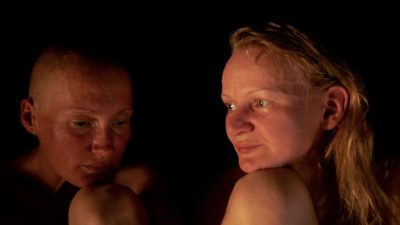
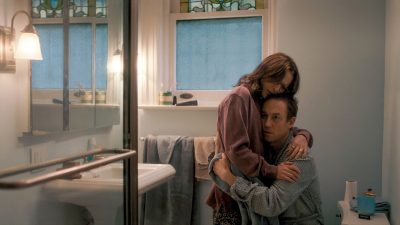
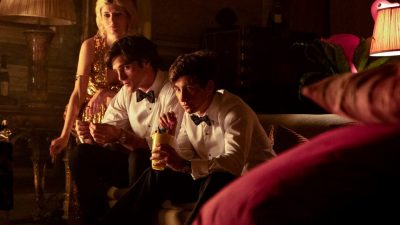
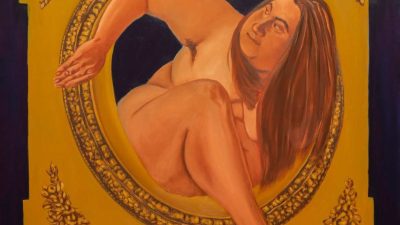
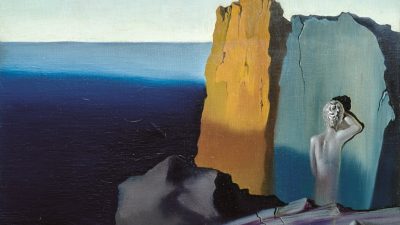
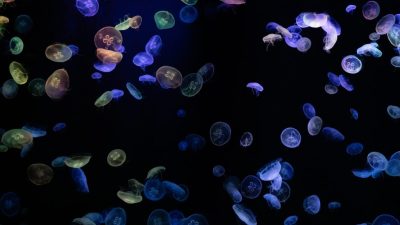


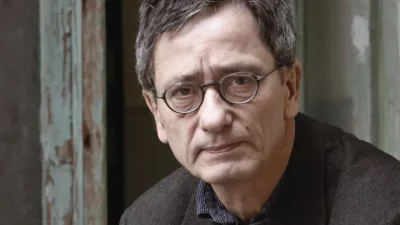



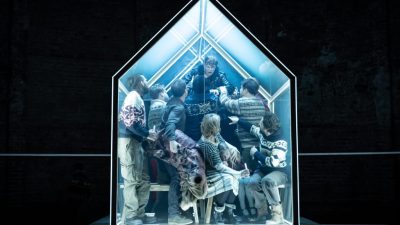






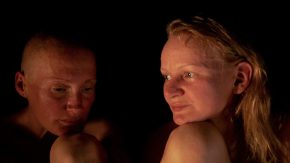
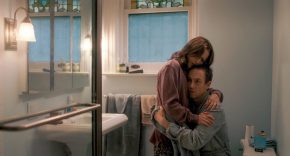

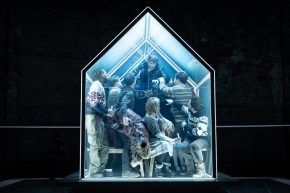


Comments